How to Print Custom Labels for Wine Bottles
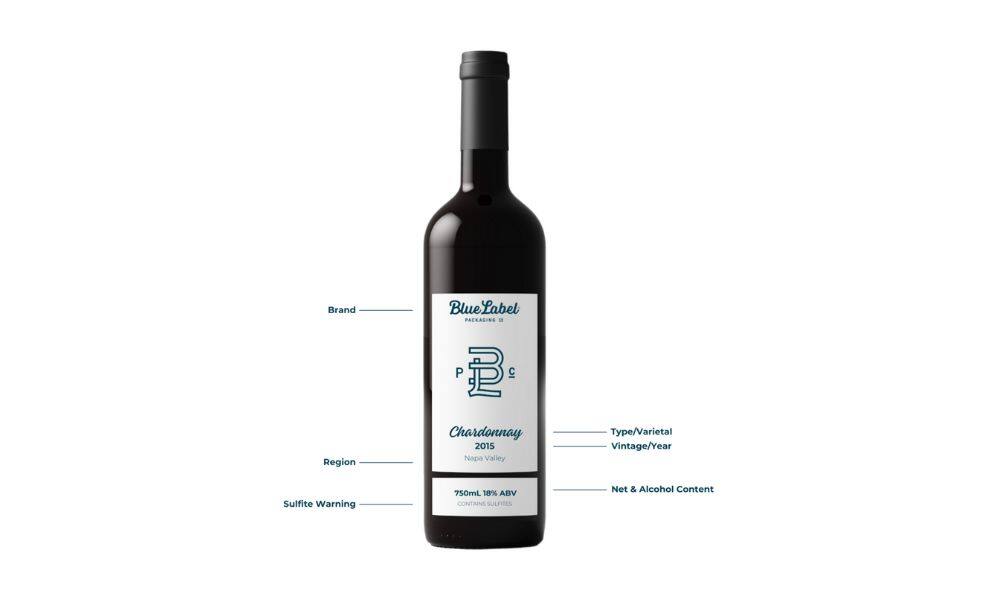
A wine label is much more than a pretty face on a bottle - it is a critical piece of marketing that provides essential information about the wine within. Wine labels include key details such as the brand, type, year, origin of the wine, and producer along with regulatory information that might include alcoholic degree and health warnings.
Understanding the anatomy of wine labels can enhance a consumer's drinking experience and influence their purchasing decisions. This blog will guide you through creating custom wine bottle labels using a printer, allowing you to tailor every detail to fit your personal or business branding needs.
Print Your Custom Wine Bottle Label in 5 Steps
STEP 1 - Choose a Good Portable Printer to Print Wine Bottle Labels
Choosing the right printer is crucial for printing high-quality wine labels. A good label printer should be capable of handling durable, water-resistant materials that can withstand conditions typical to wine storage. Consider factors such as price, printer type (for example, thermal printer/inkjet printer/laser printer), print resolution, color accuracy, and compatibility with different label materials, etc. to ensure the final product resonates with your desired aesthetic.
Which Type of Printer is Best for Printing Wine Bottle Labels?
Among the various types of printers available, portable inkjet printer is often the best suited for printing wine bottle labels. These printers offer excellent color accuracy and resolution, which are essential for creating eye-catching labels that can stand out in a competitive market.
Additionally, their portability allows for easy setup and operation, whether in a commercial facility or a home setting. While inkjet printers are fantastic for their color and detail, it is important to choose models that can handle moisture-resistant inks to avoid smudging or fading, especially in environments where wine bottles may be exposed to humidity or refrigeration.
How to choose: Traditional wine bottle label printer or BENTSAI
Traditional wine bottle label printers typically require dedicated space within a production facility and are designed for specific label materials and controlled environments. They are stationary, limiting their flexibility and adaptability to dynamic production needs. In contrast, Bentsai’s handheld inkjet printers offer unparalleled flexibility and portability. These portable devices can be easily transported throughout the winery, from production areas to storage facilities, and even used for on-the-spot labeling during events or tastings.
Advantages of Bentsai Handheld Inkjet Printer for Wine Label Printing
- Versatile Material Compatibility: Bentsai printers handle a variety of materials, including glossy, matte, and metallic finishes, enabling creative and distinctive label designs.
- Portability: Easily transported across different areas of the winery, Bentsai hand held printing machines eliminate the need for fixed stations, enhancing operational flexibility.
- User-Friendly: Simple interface for uploading and changing label designs quickly, reducing downtime and facilitating rapid production adjustments.
- Enhanced Efficiency: Direct printing on bottles or pre-cut labels streamlines the labeling process, saving time and reducing labor costs.
- Customizable and Timely Updates: On-the-fly label edits are possible, ensuring labels are always accurate and up-to-date with minimal effort.
Top 5 Label Printers for Wine Bottle Labels
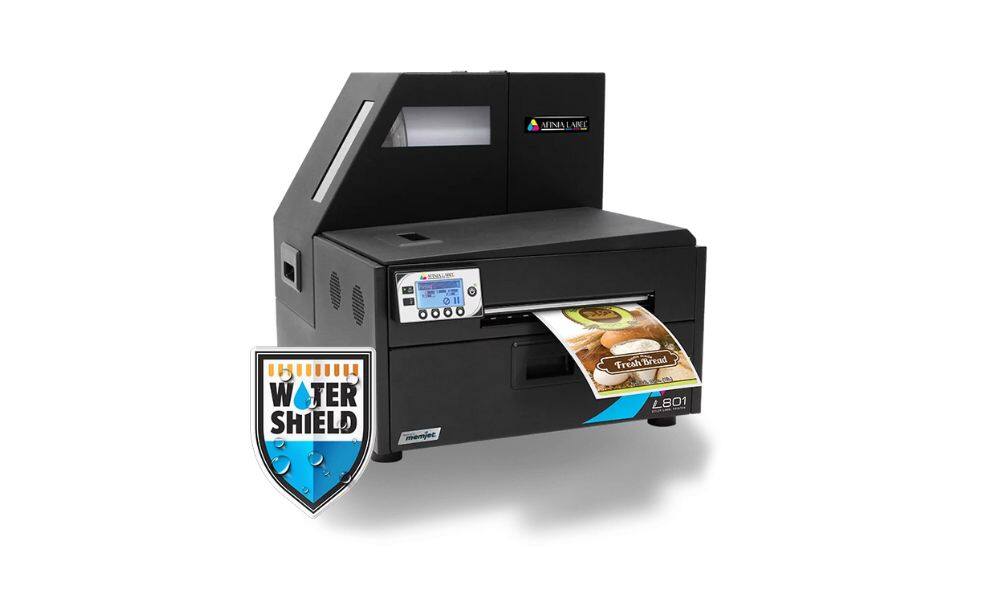
1. Afinia L801
The Afinia L801 stands out with its Memjet technology, allowing fast printing at 12 inches per second and maintaining high quality at 1600 DPI. It's ideal for medium to high volume needs, ranging from 5,000 to 70,000 labels per month. This printer supports 8.5-inch label widths and uses Plus ink dyes for enhanced water resistance, though it doesn't support pigment dyes. Its built-in unwinder and ability to handle larger media rolls also help reduce overall label costs.
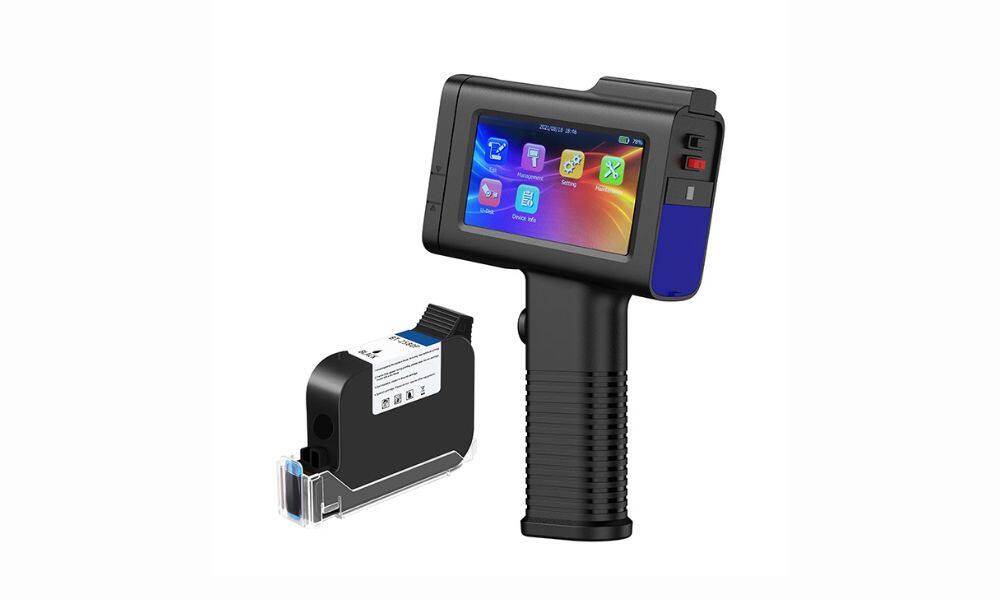
2. Bentsai BT-HH6105B2
The Bentsai B2 printer gun offers great flexibility as a portable inkjet printer capable of printing directly on wine bottles or labels. It features adjustable DPI settings (300 or 600) and prints sizes from 2.5mm to 12.7mm. The solvent-based ink dries quickly and once set, is waterproof and durable—ideal for the storage conditions typical for wines. Its portability, combined with options for bracket stand mounting and photoelectric auto-printing on conveyor belts, makes it highly suitable for dynamic printing environments.
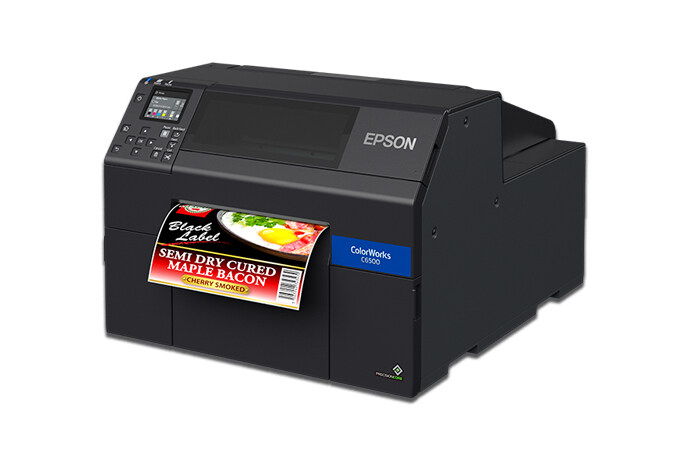
3. Epson CW-C6500A
The Epson CW-C6500A is a robust mid-range printer that supports 8-inch wide labels and durable pigment inks. It prints at a speed of 5 inches per second with a resolution up to 1200 DPI. While it may not offer the highest resolution in comparison to some other models, its support for Zebra Programming Language (ZPL) makes it a strong choice for users needing easy coding of their printers, aiding in more efficient label production processes.
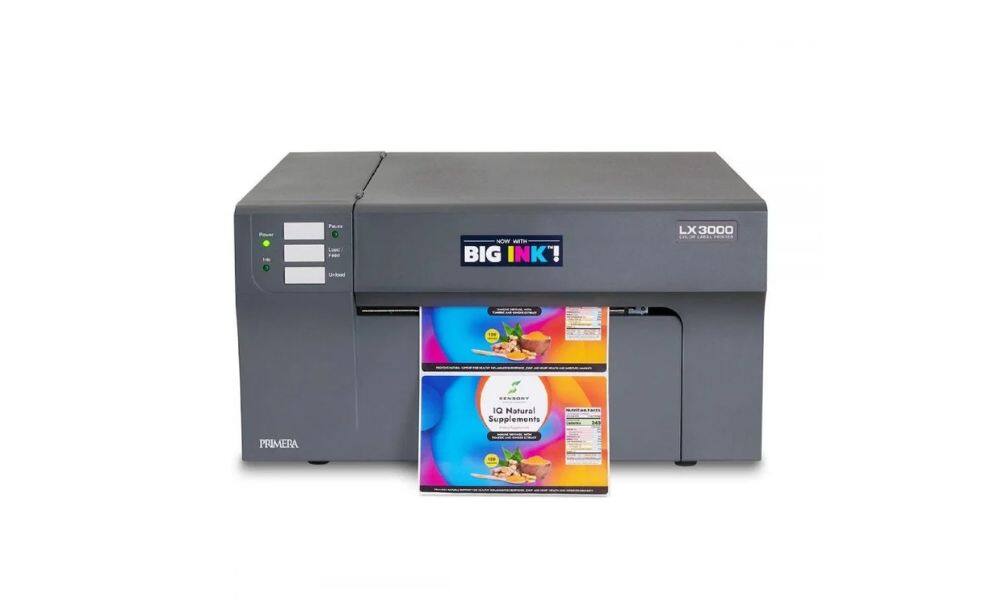
4. Primera LX3000
Known for producing vibrant and deep colors, the Primera LX3000 is a high-end choice for those needing high-volume output. It features "Big Ink" technology with large 60ml ink tanks for extended printing without frequent replacements. The printer supports a maximum DPI of 1200 x 4800 and boasts a fast printing speed of 240 feet per minute. It's also equipped with thermal jet technology, ensuring rich blacks and overall color durability. Connectivity options include compatibility with all major operating systems and an optional wireless adapter.
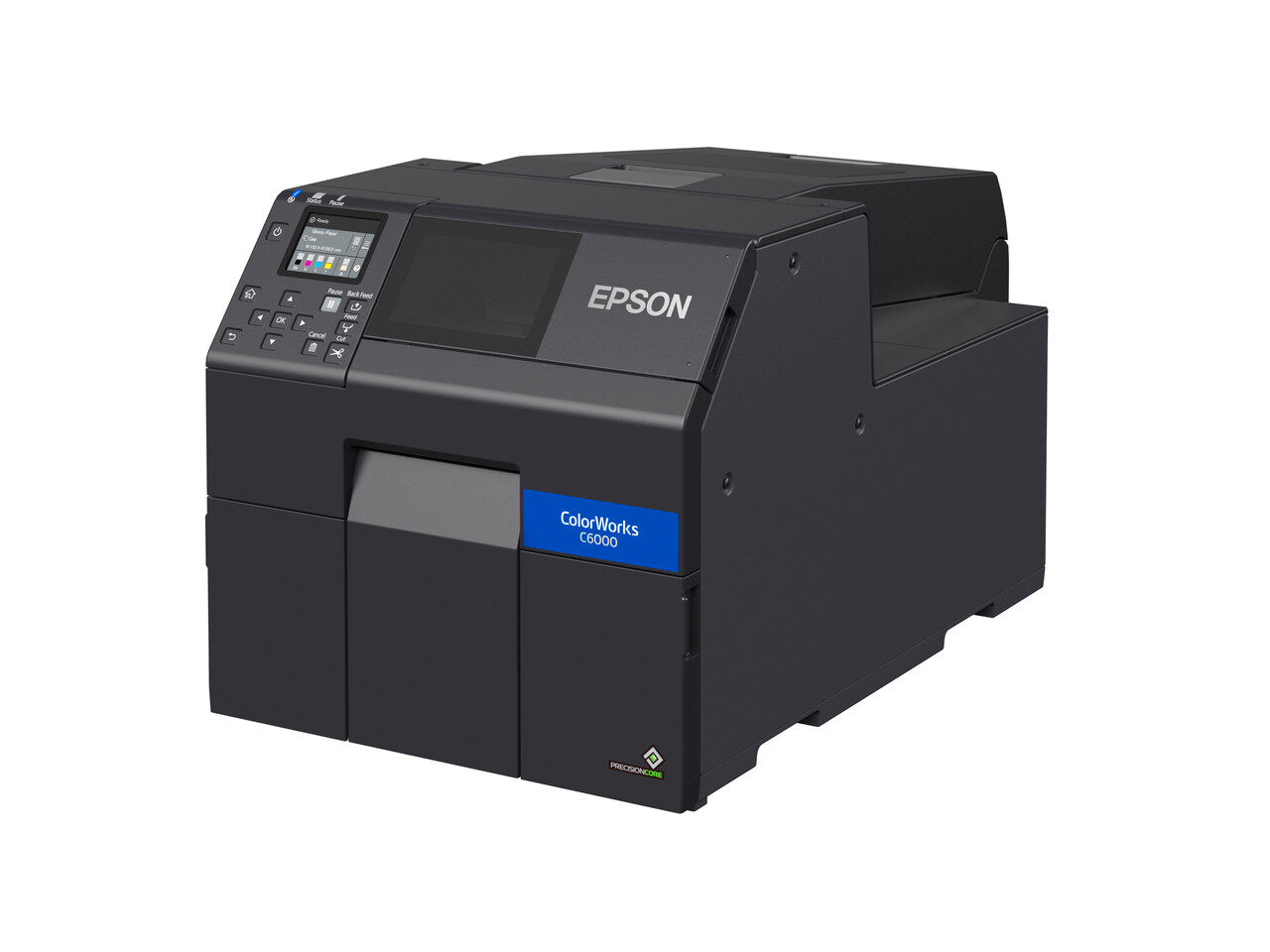
5. Epson C6000A
As the most budget-friendly option, the Epson C6000A is perfect for startups or low-volume needs, capable of printing up to 1200 DPI resolution and at speeds of 5 inches per second. It offers a 4-inch print width and supports multiple media types and durable pigment inks for moisture-resistant labels. Despite its smaller scale and lower specs compared to others, it provides a cost-effective solution without compromising on quality.
STEP 2 - Measure the Label Area and Choose the Right Size of Label
Before designing your label, it's important to measure the labeling area of your wine bottle. This will help you determine the optimal label size and shape, ensuring it fits perfectly without peeling at the edges or wrinkling. Utilize tools and templates that can guide you in creating a label that complements the dimensions of your bottle.
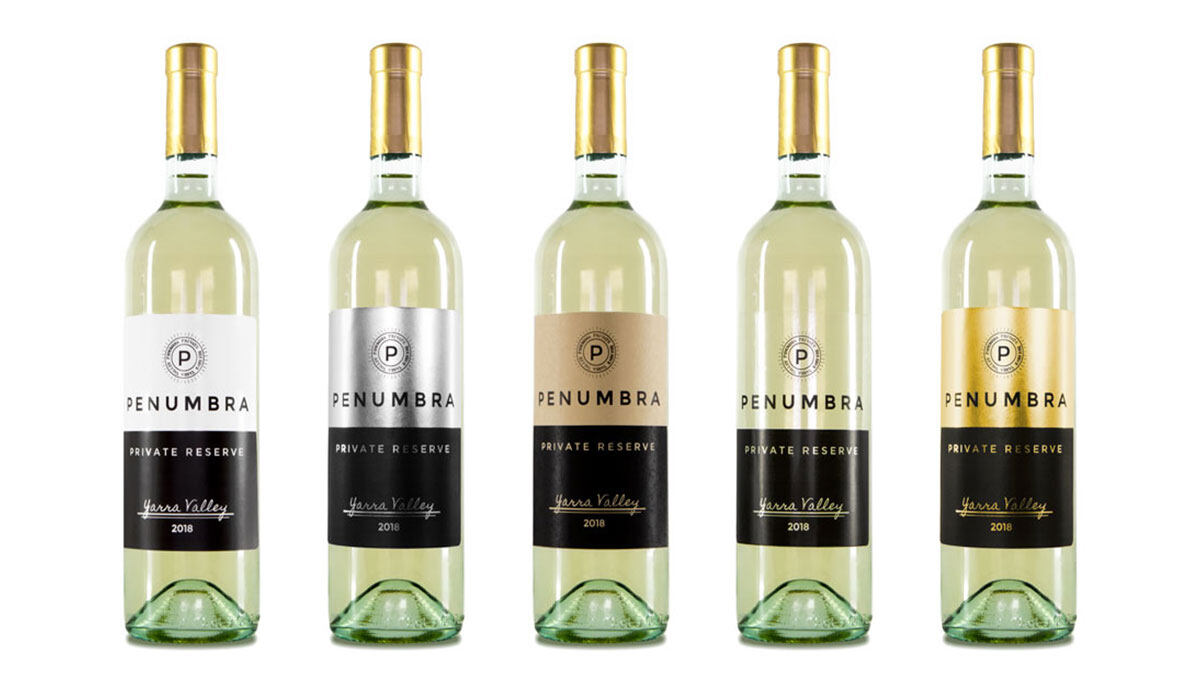
STEP 3 - Choose a Good Label Material for Wine Bottles
When selecting label materials for wine bottles, it is important to consider both the aesthetic appeal and the functional requirements based on the type of wine and its storage conditions. Here's how to make the best choice:
1. Common Label Materials:
- Matte Labels: Offer a non-reflective finish that provides an elegant and sophisticated look, ideal for vintage or artisanal wines.
- Gloss Labels: Feature a shiny finish that makes colors pop, perfect for modern, vibrant wine branding that aims to attract attention.
- Metallic Labels: These can add a premium look with their reflective surface, suitable for high-end wines or special editions.
2. Considering Wine Features and Storage Environment:
- Red Wine: Typically stored and served at room temperature, red wine is less demanding in terms of label durability against moisture. Matte and gloss finishes both work well, depending on the desired aesthetic.
- White Wine and Sparkling Wine: Often chilled and stored in cooler conditions, these wines require labels that can withstand moisture without peeling or smudging. Waterproof or water-resistant materials like vinyl or BOPP (biaxially-oriented polypropylene) are excellent choices. These materials ensure that labels remain intact and visually appealing, even when exposed to condensation or brief submersion in ice.
3. Additional Considerations:
- Durability: Beyond moisture resistance, consider UV resistance for wines that may be exposed to sunlight, which can prevent fading.
- Texture: Textured labels can add a tactile element to the wine bottle, enhancing the overall sensory experience of the product.
Choosing the right label material not only aligns with the brand image but also caters to the practical aspects of wine storage and service, ensuring that the labels perform well under various conditions and enhance the consumer's experience.

STEP 4 - Design a Unique Wine Bottle Label
Designing your wine label involves more than just aesthetics; it requires a thoughtful approach to branding and marketing. Consider incorporating elements that reflect the personality of the wine, such as custom artwork, typography, and color schemes that tell a story. Tools and software are available to help even novices create professional-quality labels that can captivate consumers.
STEP 5 - Print and Apply Wine Bottle Labels
Once your design is complete, print a test label using the chosen printer on standard paper to confirm that the design, size, and colors meet your expectations. Ensure the print settings are optimized for the best color and proper alignment. After printing wine bottle labels, apply the labels carefully to avoid bubbles and misalignment, giving your wine bottles a polished and professional look.
In Conclusion
Creating custom labels for wine bottles effectively combines artistry with technical precision, allowing personal or business branding to truly stand out. This guide has highlighted the essentials, from selecting the ideal printer—such as a high-performing handheld inkjet printer—to choosing label materials that suit the specific storage needs and aesthetic preferences of your wine.
By understanding the vital role of wine labels and meticulously following the steps from design to application, you can ensure your bottles not only capture the essence of the wine but also make a significant impact in a competitive market. Whether you're crafting labels for a small home batch or a large winery, these insights will help you achieve professional-quality results that enhance both the bottle's appearance and the overall drinking experience.
Ask Question
No questions and answers

